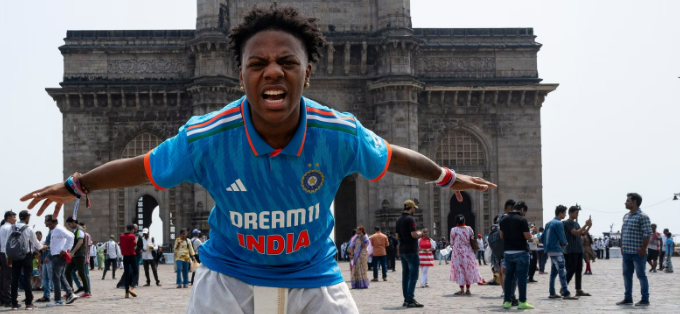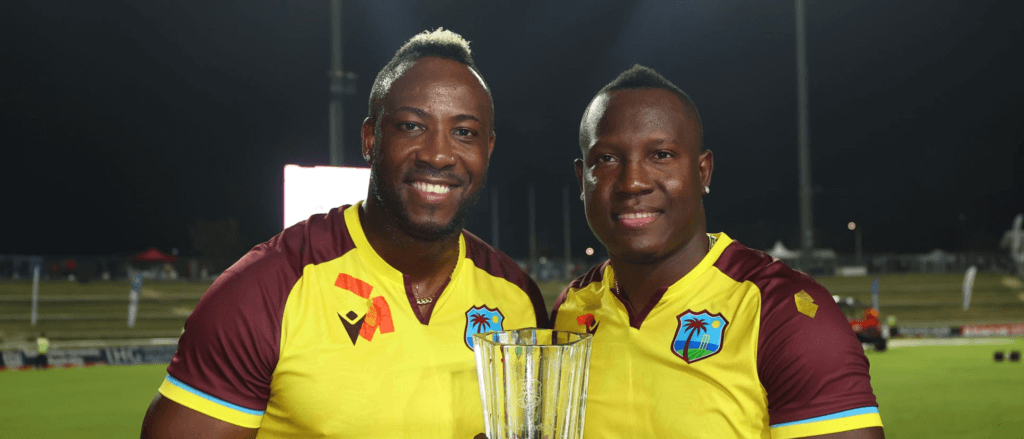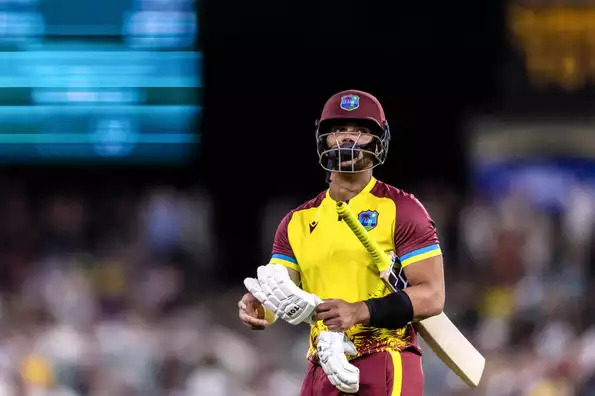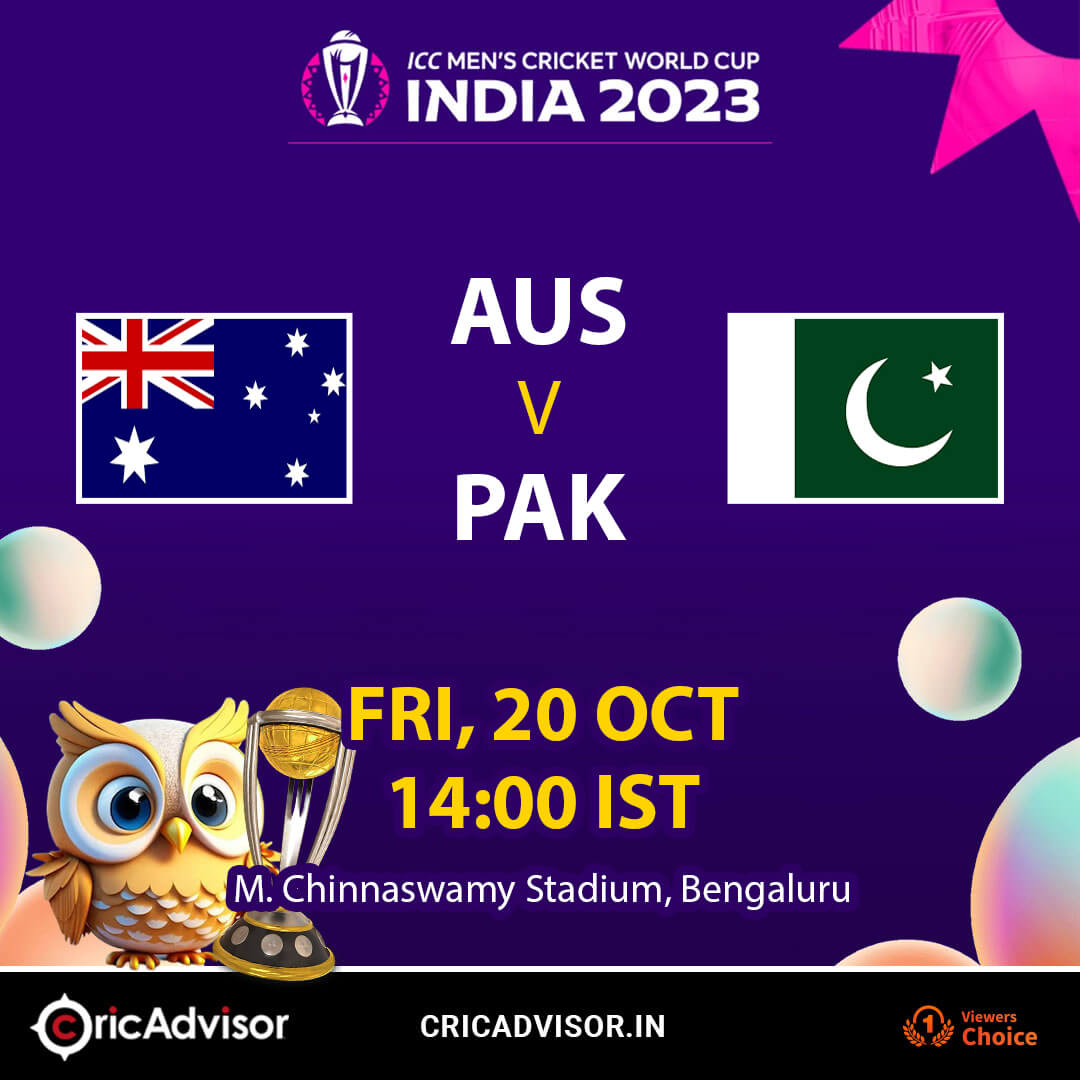
On the eve of the World Cup final, as Australia ended their practice session about 4.30 p.m. on Saturday (November 18), one Indian occupied the think-tank’s attention more than anybody else. It wasn’t either Virat Kohli or Rohit Sharma. It wasn’t even Jasprit Bumrah or Mohammed Shami, the dangerous speed pair. Shreyas Iyer, the opposing player, was the one who received the most attention.
The Mumbai right-hander had just scored hundreds against the Netherlands and New Zealand in the semi-finals. Both of those tons came from 60 and 70 deliveries, respectively. And the Australians had concluded that, while Kohli was India’s leading run-scorer in the tournament, apart from being a historic thorn in their side, Iyer would be the game-changer.
He was the one they needed to get rid of first, not only because he was a dangerous threat, but also because it would alter the dynamics of the Indian middle-order. The plan was to have Kohli and KL Rahul batting as soon as possible, especially given the dry and drab quality of the ground at the Narendra Modi Stadium. That result, they assumed, would ensure that India would struggle to reach their usual enormous total, especially with Ravindra Jadeja and Suryakumar Yadav not having had much of a hit in the weeks running up to the final. The ideal strategy for exposing and exploiting India’s sole significant issue going up to the big game.
Even Andrew McDonald and his extremely experienced and astute coaching staff could not have predicted that the strategy would be carried out with such mental perfection. The Australian bowlers, headed by skipper Pat Cummins, and a freak catch from Travis Head had insured that Kohli and Rahul were batting together on the sluggish surface by the 11th over, exactly as they’d envisioned in the war room.
In the end, Cummins only needed one delivery to get rid of Iyer. The wicket was set up by the captain’s intensity before he ran in to bowl, as he moved his fielders around very animatedly.
It was Iyer’s first delivery from Cummins. The field could not have been more clearly set up to imply a short ball. Four fielders on the boundary, all behind the square, two on each side. On the leg side, there are three infielders, including a square-leg and a mid-on, but no mid-off. Meanwhile, the cover fielder was in a catching position, closer to the batter than the 30-yard circle.
Iyer’s weight remained on the backfoot, understandably, as he remained glued to his crease and more on-side than usual. It put him in an awkward position to counter the Australian captain’s length delivery on off-stump, which always has that shape into the right-hander, and culminated in him pushing at it down the wrong line and getting an outside-edge through to the wicket-keeper. The strategy had worked. The threat had been neutralized with no harm done. And Cummins’ joy revealed how reliant Australia’s strangling strategy was on Iyer’s early dismissal.
Iyer had only made four runs, thanks to a boundary off Glenn Maxwell on the final ball of the first powerplay. That would be India’s final boundary after 98 deliveries. With the pitch slowing down with each over and a lack of in-form hitters to follow, Kohli and Rahul seemed content to nudge and nurdle and keep the score ticking along, just as McDonald and his crew had predicted. Australia has already dominated the first few rounds of this heavyweight fight. Then there was the collateral damage, which they had anticipated.
With the scoring rate having reduced to a canter and Rahul taking his time to establish his innings, Kohli was no longer able to play the part he’d performed so brilliantly up to this point in the World Cup. For once, it was up to him to force the game and take on the Australian bowlers. And his first attempt, as he sought to push a length delivery slightly away from his body from Cummins, resulted in him inside-edging on to his stumps. Even if he had used his class to reach the half-century mark. Another crucial moment in the final had already gone Australia’s way.
If anything, Australia had already drawn first blood at the coin toss. The excellent position they’d gotten with the Kohli wicket was only achievable because of Cummins’ gutsy decision to put India to bat, which they’d intended to do all season. So much so that even Rohit Sharma looked bewildered as he informed his teammates that they would bat first.
As soon as the squad bus arrived at the Narendra Modi Stadium about midday on Sunday, McDonald, Vettori, Di Venuto, and Flower were in the mix. They dashed for the pitch, massaged and felt it up in various locations throughout a large area, before the head coach approached his captain for a lengthy conversation.
And, as has been a hallmark of the Cummins-McDonald period, the bold decision was made after much analysis, well-thought-out situations, and well-strategized suggestions from McDonald & Co, with some of the veteran players chiming in. Along with a healthy dose of fortitude. It wasn’t an easy decision, and it’s no surprise that some experts back home see it as one of the bravest decisions ever taken in Australian sport history. Not to mention Cummins and his teammates’ total commitment.
The previous day, they’d researched and scrutinized the pitch and its dryness, and they’d all concluded that this may play similarly to some of the Test wickets they’d received here earlier in the year. Rather from being alarmed, the Australians appeared to go in with a worst-case scenario mindset, exploiting the custom-made conditions against India and so diffusing their strength. That was the reasoning for Cummins’ decision to field first.
There was also the added benefit of preventing Jadeja and Kuldeep Yadav from using the grip and turning off the pitch during the day. Despite being aware of the significant movement available under lights for Bumrah and Shami, Australia were willing to take the risk of getting through that phase with as little damage as possible in exchange for potentially facing 20 overs of spin on a pitch that, with some dew and moisture in the air, would cause the balls to skid. They could not have read or executed the play any better.
In some ways, it seemed fitting that Australia would save their largest bet until the tournament’s biggest night. It was a World Cup campaign built on daring bets, beginning with arriving in India with only 14 fit guys and being willing to rely on Travis Head to get him past the halfway point of the league stage. Head demonstrated why it was worth it just five days after arriving in Dharamsala with a spectacular maiden World Cup ton against New Zealand. Before, of course, etching his name in ODI folklore with semi-final and final player of the match performances.
Having no specialist front-line spinner other than Adam Zampa, regardless of how well Glenn Maxwell bowled right through, and sticking with the legendary triumvirate of Cummins, Josh Hazlewood, and Mitchell Starc, despite the lack of powerplay wickets in a number of matches, on some unforgiving pitches, was a less risky bet that paid dividends in the end.
Starc finished the two elimination matches with 6 wickets at 14 after getting 9 wickets at 47 each in the league matches. Hazlewood’s spell against South Africa in the semi-final was only second to the late great Shane Warne’s epic at Edgbaston in 1999, and the fast bowler followed it up with another crucial spell towards the finish to Suryakumar, who looked all at sea against Hazlewood’s change of pace. Then came Cummins, who produced one of his better ODI performances with the ball, despite only having statistics of 2/34.
There was also constant brainstorming and maneuvering of key locations in the batting order. Dropping Steve Smith to No. 4 to accommodate Mitchell Marsh at No. 3, even if the decision had been made prior to the tournament, but then sticking with Marnus Labuschagne as the back-up rescue act ahead of the big-hitting Marcus Stoinis in case of a collapse, as there was in both knockout matches. Labuschagne may have failed against South Africa, but he made up for it in spectacular way when it mattered the most.
Whereas Labuschagne couldn’t save the day in Kolkata, Josh Inglis, a surprise substitution for Alex Carey after only one game in the opening week of the World Cup, did. When the wicket-keeper swap occurred, few believed it, but as the tournament went, it all began to make sense.
And, although Australia unearthed a slew of heroes en route to their sixth World Cup victory, McDonald and his team were behind every daring move, behind every jaw-dropping choice. The unsung heroes of what will be remembered as Australia’s greatest World Cup victory. Though each has their unique background, the McDonald-led coaching staff is one of the more ‘under the radar’ team managements in cricket right now, particularly among the major nations.
But they have coached and schooled themselves with cricket in every corner of the world, and you have to include Andy Flower, who has been a vital part of the group during this World Cup. From England to Australia, the IPL to the Caribbean and other parts of India. Most of them, like Michael Di Venuto, have also held head coaching positions at the domestic level for long enough to be intimately familiar with more match-ups and match scenarios than a lot of high-profile player-turned-coaches.
And that’s what’s come to the fore in the last seven weeks, and it certainly did in front of 92,000 screaming Indian fans in Ahmedabad, as they helped their team silence the crowd and eventually execute the ultimate masterstroke that few had given them a chance of doing only a few weeks ago, of not only winning yet another World Cup but also doing so against arguably the most dominant team to ever play a final and not win the trophy.










